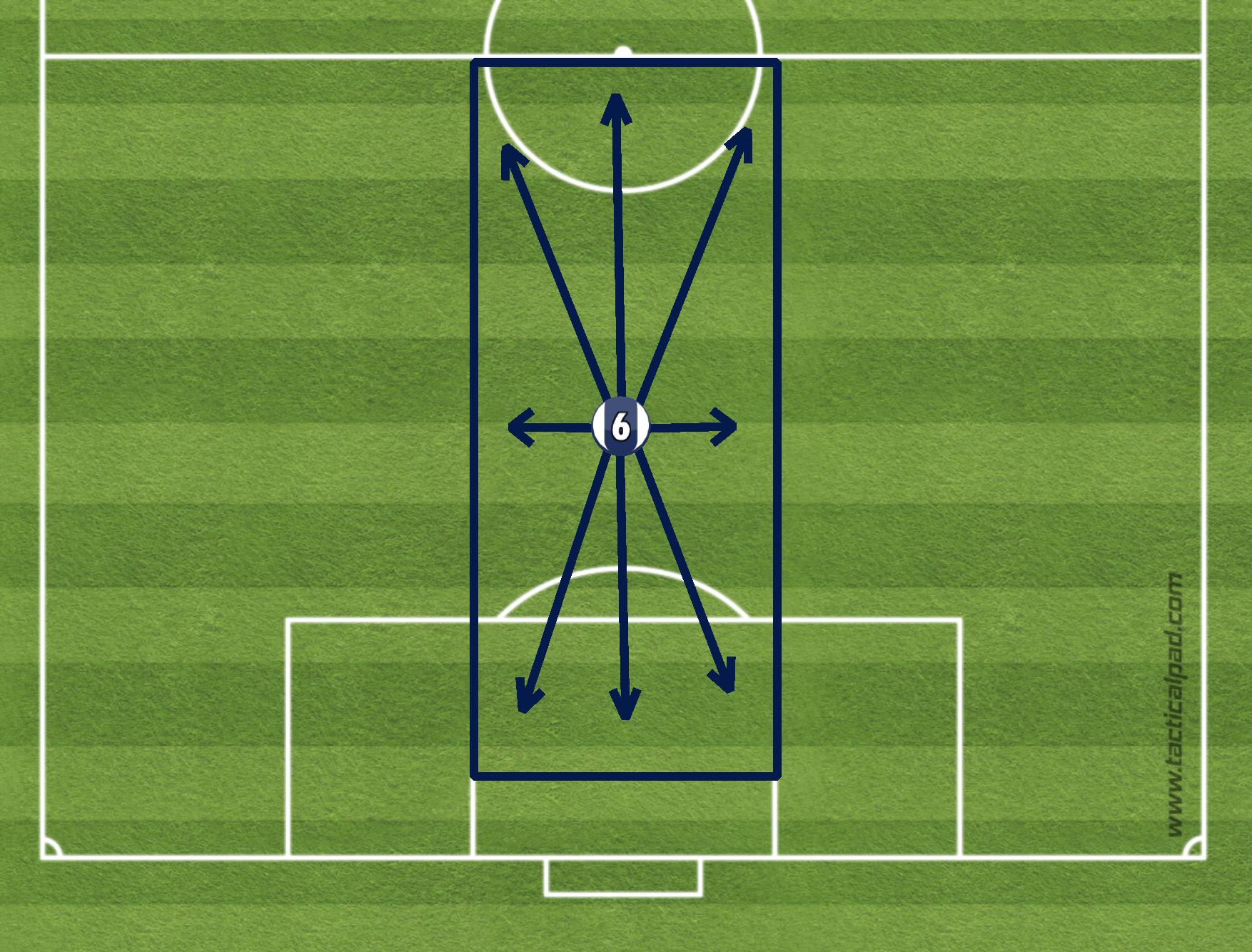The Pivota
In June 2007, a 36 year old ex-player took over Barcelona’s B team. He aided them to win their division that year. At the end of the year, he took over as manager of FC Barcelona and arguably created the best team the world has ever seen. HIs name is Pep Guardiola.
One of the many brilliant moves he made was to promote a young 20 year old Sergio Busquets to the first team. Tall and lanky, Sergio wasn’t hailed for his athletic prowess. But what he did contribute was an IQ for Pep’s overall system of play, an organization and control of the ball unmatched by many, and a clear line of communication from the back line to the front. This man became what Guardiola was to Cruyff, his Pivota.
Busquets further defined what a Pivota does under a positional play/total football philosophy. This position requires the most concentration, the most diligence, out of all positions. He or she serves as the guardian of the back line and the gatekeeper to the front. When building out from the back, the Pivota is the target man, the playmaker that begins the transition from our third of the field into the middle and attacking thirds.
Pivota, or “pivot” in english, is defined as the central point on which a mechanism turns or oscillates. Without this position in positional play philosophy, the system collapses. Sometimes you’ll see two on the field as opposed to one to break high presses and man marking, among other reasons.
Let’s get into some must-have’s out of this position. The Pivota must be brilliant under pressure, meaning he must be able to operate while having pressure from one, two, maybe even three opponents. He actually prefers this because to him, the more people he’s pressured by, the more his teammates are open and space exists ahead of him.
He must constantly be checking over his shoulder and around him. Watch this video of a kid from Chivas USA. He’s their Pivota and understands this principle well. And he’s not just checking because his coach told him to do it. In order to be able to know where the space is and where his outlets are (teammates), his checks have to be constant. The game changes fast with 22 players on the field at a time. In the video, you’ll notice Carlos checking over his shoulder every second before he receives the ball (literally, watch the time on the clock).
Growing up in the Midwest, our coaches often used a Defensive Midfielder rather than a Pivota. These positions are not the same. Yes, the Pivota needs to be sound defensively. Very sound. They are responsible for thwarting counter attacks and slowing the play down when the other team has a numerical advantage. They must also ensure their “zone” is always covered when on defense, shown below:
Depending on the positioning of the ball, the Pivota needs to be aware of who’s crossing into this zone at all times and when to leave one player to commit to another.
However, a Defensive Midfielder implies this person has a defensive mentality. The Pivota does not. The Pivota wants to maintain possession of the ball. He’s looking at how his team moves the ball from the back line and looks to slip in between his opponent’s front line and midfield lines to open an attack route. He then becomes the quarterback on the field, finding his teammates who are beyond the opponent’s midfield line and sometimes beyond their defensive line. Here’s a video of Manchester City’s Pivota from last year, Fernandinho
You can see how adept he is before the ball gets to him and how quick he is in whatever action he takes. His technical skills are very much like an attacking midfielder yet he also has the defensive prowess and knowledge of space to hold the Pivota position. He doesn’t hesitate in moving the ball quickly past the lines of defense, whether by dribbling or passing. This, more than any other, is what makes a Pivota excel in the attack: Confidence on the ball.
Many people think this position on the pitch needs to be filled by a big guy who makes strong tackles. This couldn’t be further from the truth in this style of play. Philipp Lahm played this role in the German Bundesliga, a very fast and physical league. He’s listed at 5’7”, 146 pounds. Thiago also filled this role at Bayern Munich. Neither of these players tackle hard, but they’re smart. You may see them poke the ball away from their opposition or position their bodies to take away the ball. Busquets and Fernandinho are like this as well.
A positional play philosophy requires, rather, control of the ball at all times. There’s a famous instance of Thiago subbing in at Bayern Munich after being injured for several months. Guardiola, his coach at the time, tells him, “Thiago, Thiago, for god’s sake don’t lose the ball. Don’t lose it! Control, control, lots of control … control, control ... For god’s sake don’t take any risks, Thiago!”
Bayern Munich won the next 18 of 19 games. One player can change a lot. One player who controls the middle of the field can change everything. He is the guardian and the gatekeeper. His vision and awareness of the field are unmatched, and his ability to control the pace, the tempo of the game is key to the team’s success.
Skills Practice This Week - 15 minutes a day
1. Outside, Outside, Inside - 5 minutes
2. Rollover, Step - 5 minutes
3. Wall Pass Turn - 5 minutes
See you Thursday.


